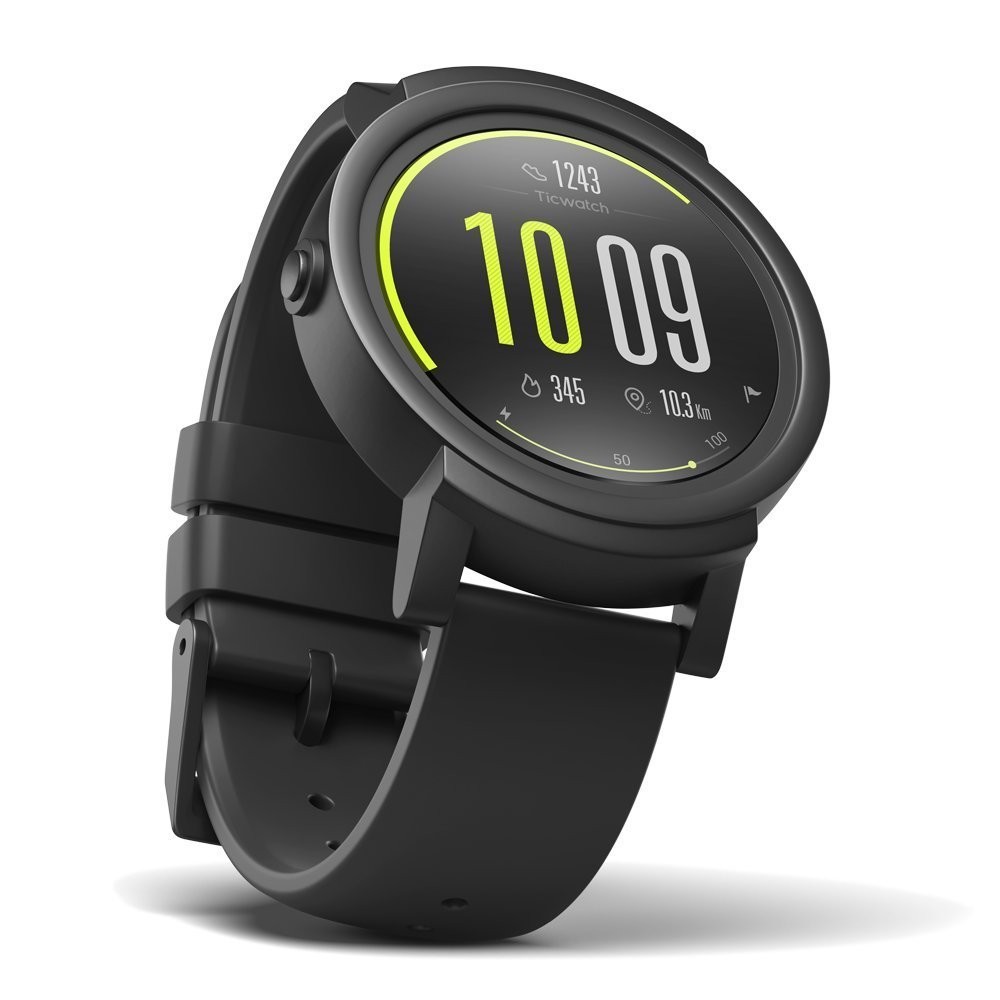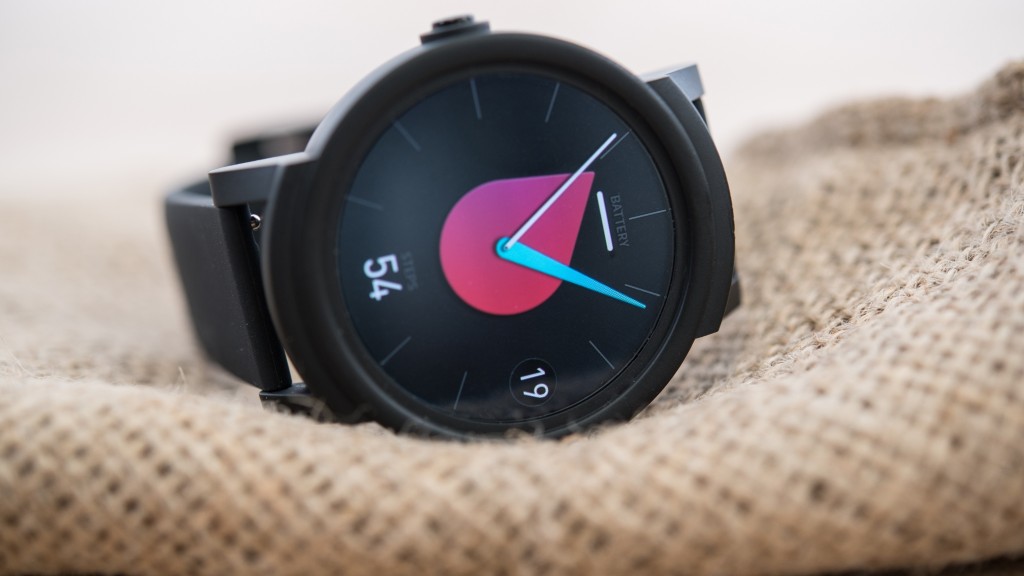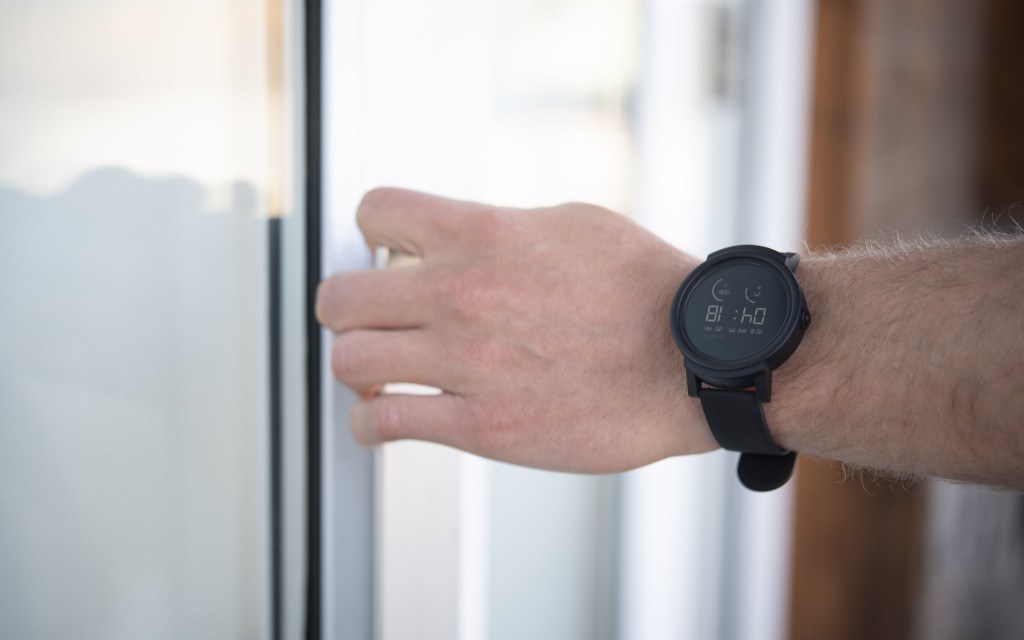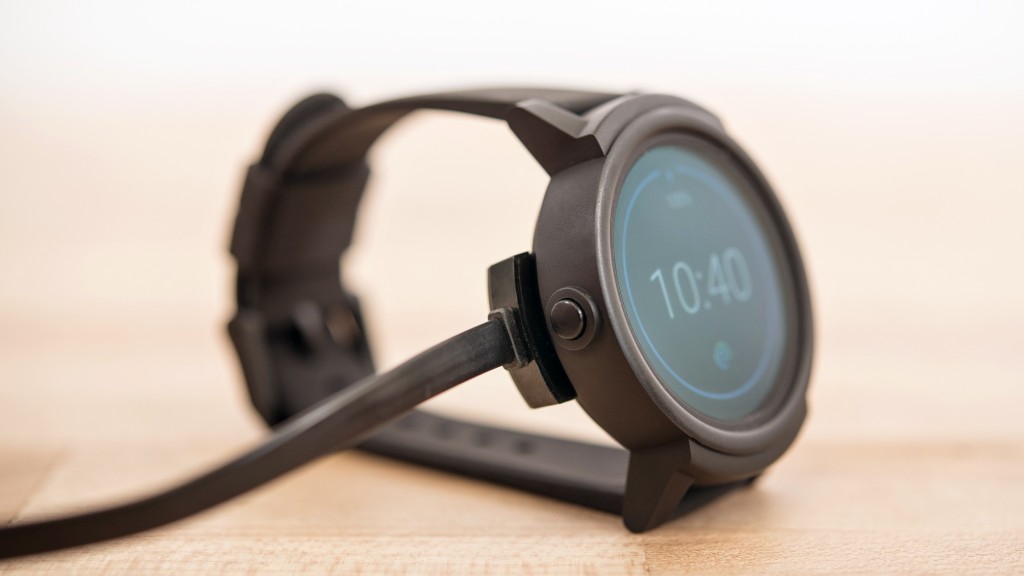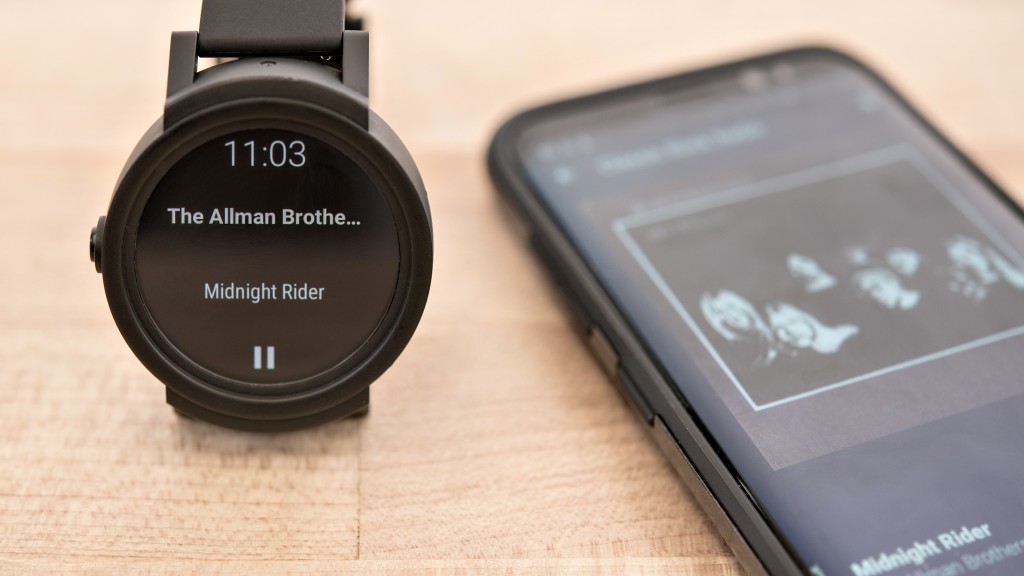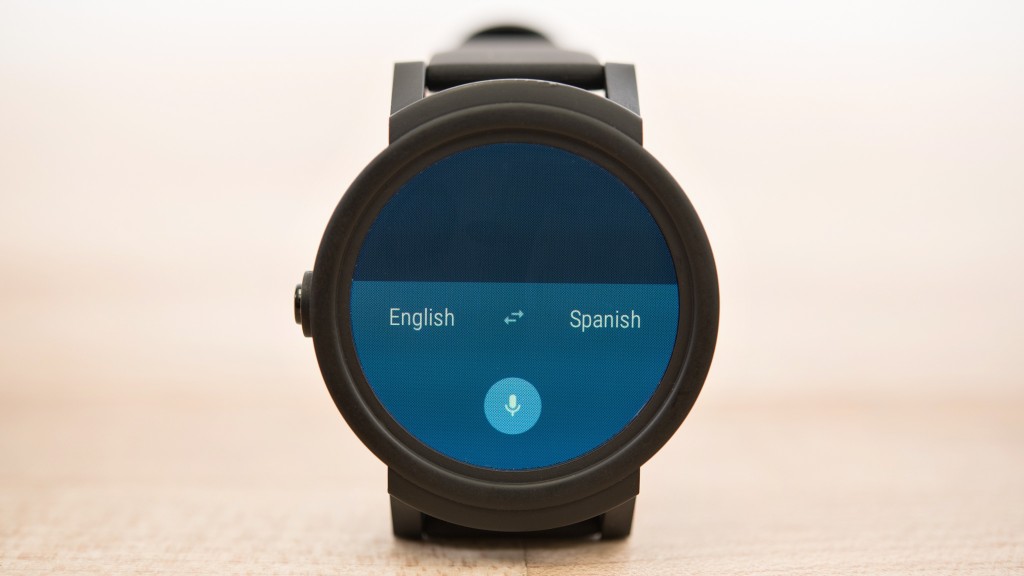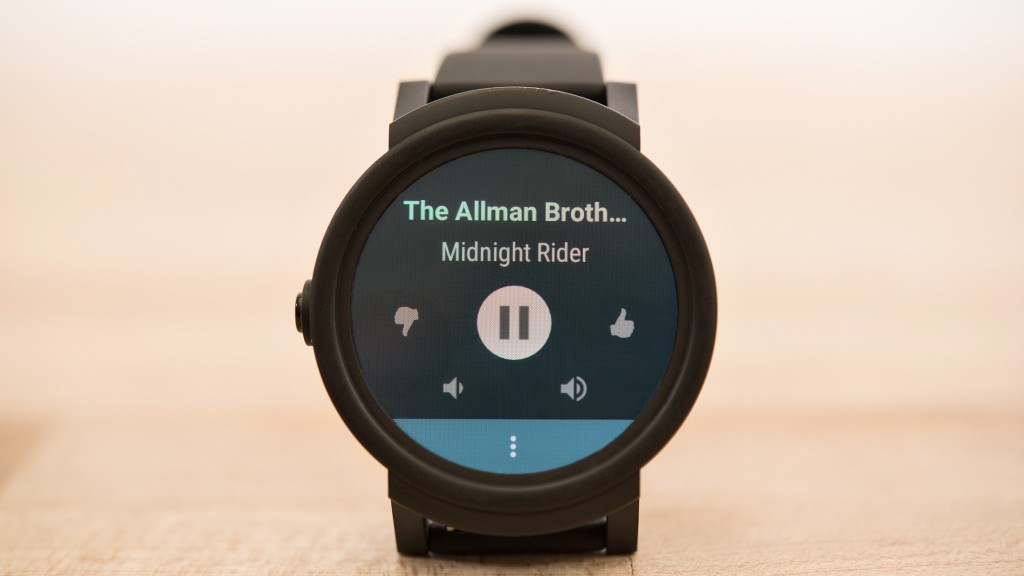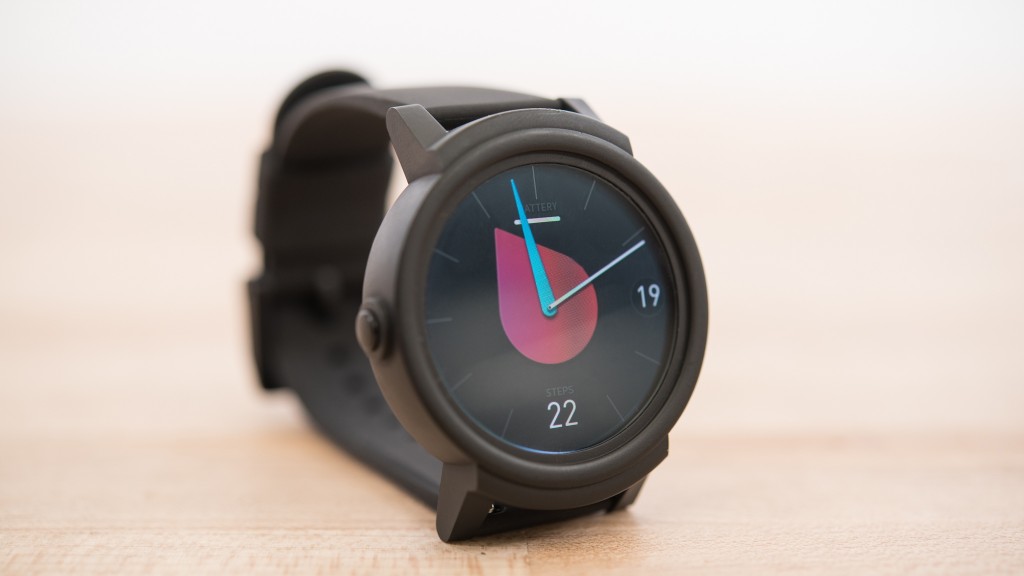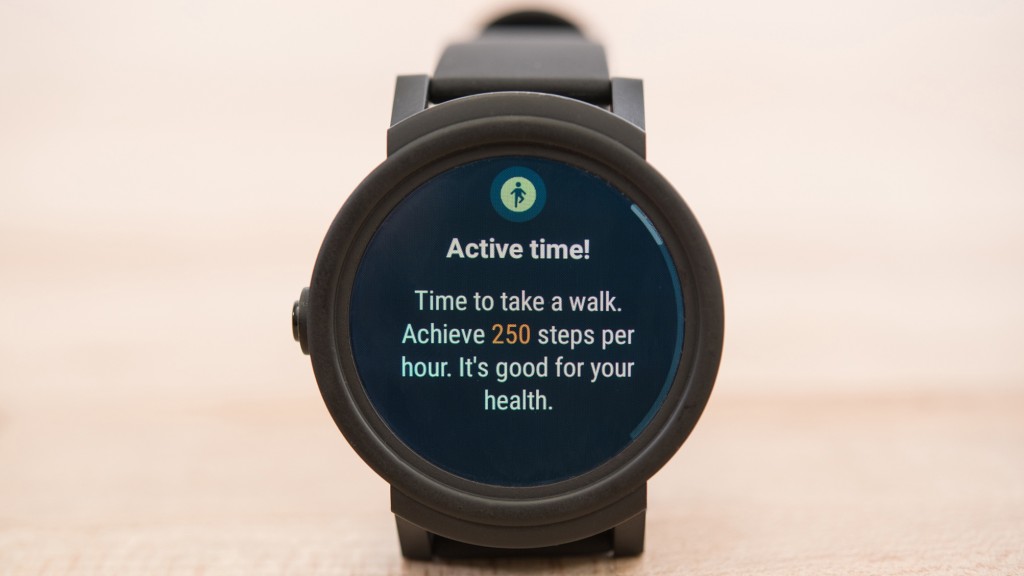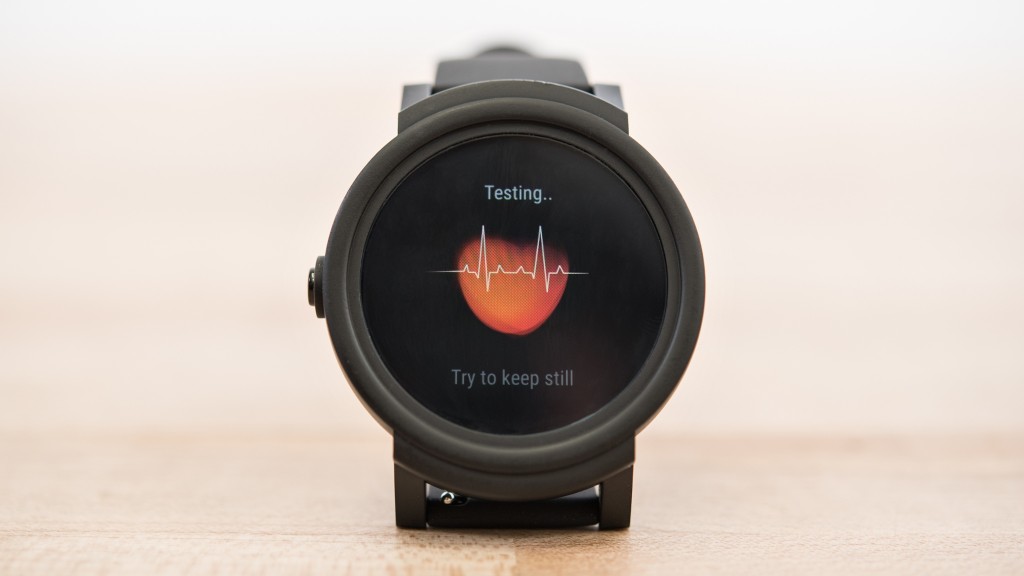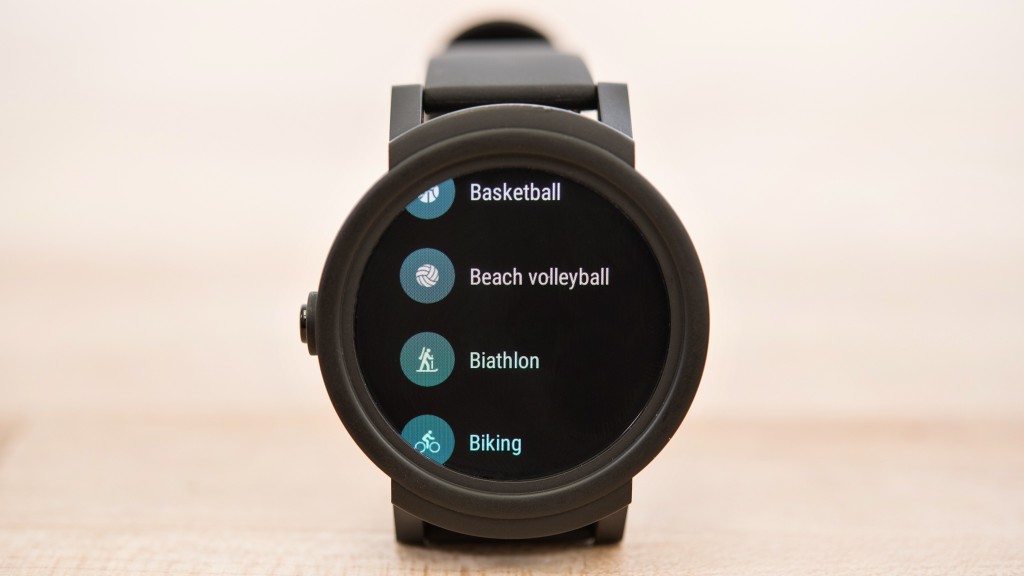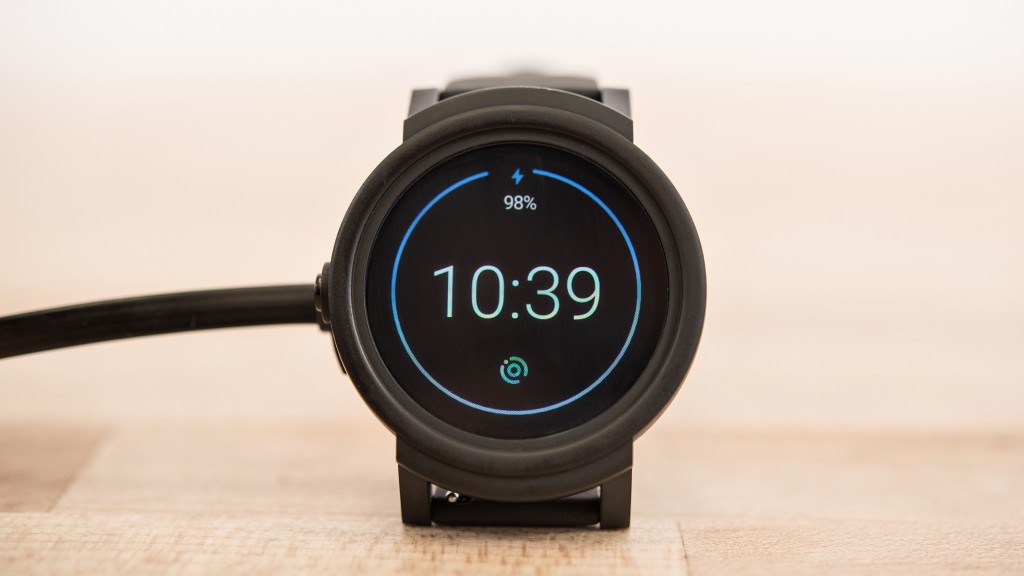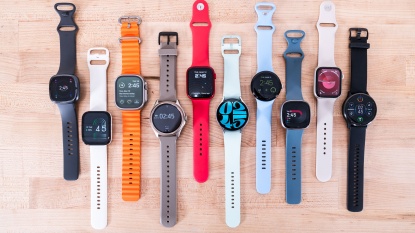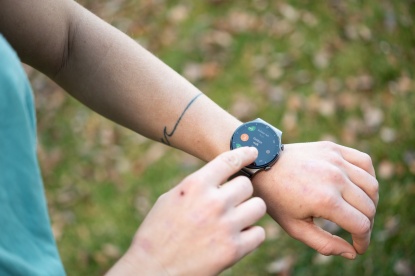TicWatch E Review
Our Verdict
Our Analysis and Test Results
The TicWatch performed slightly worse than our previous holder of the Best Buy Award, the Asus ZenWatch 3. However, it usually retails for significantly less without any major concessions, with the ZenWatch 3 primarily getting the higher score due to its better battery life and display. The TicWatch is easier to use and essentially identical to the ZenWatch in terms of smart functionality and fitness tracking, leading us to crown the TicWatch the new award winner and our new favorite when shopping for a smartwatch on a tight budget.
Performance Comparison
First, we did tons and tons of research to see which of these watches looked to be the most promising, then bought them all to compare their performance and various characteristics side-by-side. We grouped our tests into weighted metrics, each one weighted in proportion to its significance. We then ranked and scored each one, with the results of the TicWatch E compared to the other models that we reviewed discussed below.
Ease of Use
Comprising the largest percentage of the overall score at 30%, our Ease of Use metric is the most important by far. We evaluated how responsive the touchscreen on each watch is and if there are any other input methods, as well as how much effort it took to swap the wristbands and how secure and easy to use the charging setup is. The TicWatch did reasonably well in our assessments, meriting a 5 out of 10 for its average performance and comparing decently well with the rest of the group.
Starting off, we noticed right off the bat that the touchscreen is extremely responsive, with a response that is nice and smooth as you navigate through the various menus. However, we noticed that there is a significant delay — about a full second — for the watch to wake up when you raise your wrist. While this may not seem like a huge delay, it is definitely enough to be both noticeable and quite irritating, depending on what activity you are currently doing when you go to check the time or notifications.
This watch also lacks any additional input methods, like a rotating bezel or crown, but it is very easy to swap out wristbands. The TicWatch utilizes a similar method as the Apple Watch, with a small lever that releases the band, allowing you to slide it out and swap it for another quite easily.
This watch doesn't have a charging cradle, which we found to be the most secure and easy to use method, opting instead for a magnetically attached charging cable. While this isn't quite as secure as the cradle, it does a surprisingly good job of establishing a secure and reliable charging connection for the TicWatch — much better than other products that used the same system.
Unfortunately, this product isn't quite as water resistant as some of the other models we reviewed. While it does have an IP67 rating, the manufacturer states that it is only splash-proof and isn't suitable for showering or swimming. We also found it to be quite difficult to capture a screenshot of the content shown on the watch. This model, like most other watches that run the WearOS, purportedly has this ability through the app, but we never found it to actually work in practice.
Smart Functions
Following the previous metric, we found Smart Functions to be the next most important metric, meriting 20% of the overall score. To judge how smart each of these smartwatches actually are, we took a selection of popular apps and tested both their compatibility and capability on each product, as well as the ability to navigate, control your music, pay for things, or take a phone call right from your wrist. The TicWatch again delivered a middle-of-the-road performance, earning another 5 out of 10.
The TicWatch uses the latest iteration of Google's wearable operating system, Wear OS — previously known as Android Wear. This allows the watch to run standalone apps and connect directly to the Google Play Store over WiFi to download apps. For our test, we found that Uber, Messenger, Spotify, Strava, and IFTTT all worked on this smartwatch, though we did have some slight issues with Uber. However, this watch does not have any abilities to work with Snapchat, Twitter, Pinterest, Shazam, or Whatsapp. However, there can be a different level of compatibility depending on your phone's OS, whether you are on a Samsung, iPhone, or Android phone. This watch also has the Google Assistant built in for voice control, as well as translation functions.
This model also has the same standard music control features.
Unfortunately, this watch lacks the ability to use Android Pay or any other methods of payment. The watch does have a built-in speaker as well, allowing you to take phone calls right on your wrist through the watch. However, we found that this was quite finicky to set up, with plenty of permission and Bluetooth settings to adjust, so it can take a little bit of research depending on the various software updates Wear OS goes through.
Both the TicWatch E and the TicWatch S have a built-in GPS, with the E having it in the watch face and the S actually having the antenna integrated into the watch band. This supposedly improves GPS accuracy and slims down the profile of the watch, but you give up the ability to easily swap wristbands. The TicWatch E also lacks LTE or cellular connectivity.
Display
Next, we compared and evaluated the screen quality of each watch and how easy it is to read in both bright and dim conditions, as well as if there are automatic brightness adjusting and always-on modes available. Together, these tests composed our Display metric, which is also responsible for 20% of the total score for each wearable. The TicWatch again delivered a middle-of-the-road performance, earning it a 5 out of 10.
This watch has a 1.4" circular OLED screen with a resolution of 400x400 and 287 dpi. We found this to be above average in terms of quality, but it does pale in comparison to the Super AMOLED and OLED Retina displays of the top models.
However, we did find it to be a bit difficult to read in brighter lighting conditions, forcing us to completely max out the brightness to even have a chance of reading it. The display is fully circular and does have an always-on mode available, but it can not automatically adjust the brightness of the screen.
Fitness Impact
Also responsible for 15% of the total score, this metric assessed and ranked how competent each smartwatch is at tracking your physical activity and other metrics while you complete both your daily activities or workouts. The TicWatch E didn't do terribly well, meriting a 4 out of 10 for its slightly subpar showing.
First, we looked at the step counter on each watch and tested out its accuracy by going for a mile-long walk and counting the steps manually, then comparing our result to that of the watch. In both trials, we found the TicWatch to have a discrepancy of around 150 steps, recording less than the true amount. However, this watch will notify you when you have been sedentary for far too long
We also weren't terribly impressed with the heart rate monitor on this watch. We compared it to a chest strap heart rate monitor, usually finding discrepancies of at least 10 bpm. We also found that the TicWatch doesn't have the fastest refresh rate, only updating the heart rate what seemed like every 5 seconds or so.
This watch has a built-in GPS, allowing you to leave your phone behind when you go to workout. It has a handful of dedicated training profiles, identical to the other Wear OS or Android Wear watches.
Unfortunately, the TicWatch lacks an altimeter, meaning that it does not track the number of flights of stairs climbed.
Battery Life
For the final metric, accounting for the last 15% of the total score, we tested and compared the battery life of each watch, as well as the time it took to charge. The TicWatch delivered a so-so performance on the whole, earning another 5 out of 10.
We sent a variety of notifications to each watch, as well as responding to texts and swiping through the menus periodically to simulate normal use, then timed how long each watch lasted for. The TicWatch only made it for about 21.2 hours in our test - quite a bit shorter than most of the other watches in the test.
However, it does charge decently fast, only taking about 35 minutes to reach 50% charge with a completely full battery and 75 minutes to completely replenish.
Value
If you are searching for a smartwatch on a budget, then you can't go wrong with the TicWatch. This model is a fantastic value, offering decent performance at a price that is substantially lower than the rest of the group.
Conclusion
All in all, the TicWatch E is an exceptional value option when it comes to these products, especially considering Wear OS's new compatibility with iOS phones. While this isn't the most fully-featured smartwatch around, it retails for less than half the cost of the flagship models and is a great bet if you just want a simple way to see your notifications, track your fitness, or control your music from your wrist.


